Submerged City Reappears Hinting at Deep Lessons About Change

Something interesting happened when a team of scientists visited a quiet lake in Central Asia. They expected a routine study, the kind of assignment you complete and file away without much thought. Instead, the lake offered them a moment that felt almost personal. It was as if the earth whispered that it still had stories we had not earned the right to forget. The researchers did not just find submerged structures. They found themselves confronted with a reminder that life often reveals its biggest lessons in the places we overlook. The mood shifted from analysis to wonder, because sometimes discovery is less about what you uncover and more about what it awakens in you.
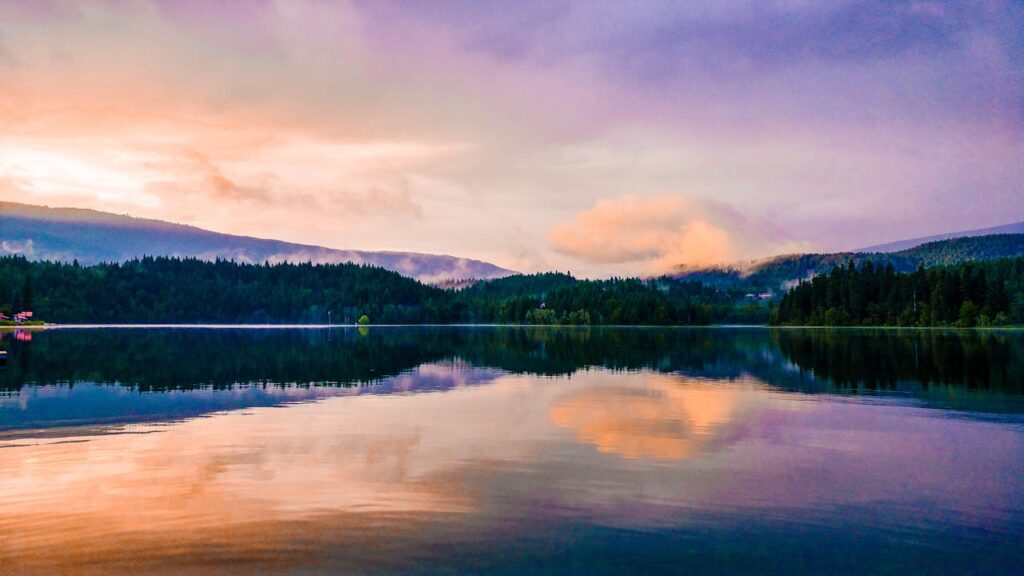
As I read through their early reports, I could not help thinking about how often we move through life assuming we already understand our surroundings. Then something unexpected shows up and asks us to slow down and really see. What happened at that lake is not just about archaeology. It is about us. It is about how human beings respond when the familiar suddenly feels unfamiliar. The ancient people who lived there once faced their own versions of uncertainty. They had to adapt, reflect and reorganize their lives when their world changed shape. If we pay attention, their story becomes a guide, showing us that clarity does not come from resisting change but from learning to listen when life speaks in ways we did not anticipate.
The Quiet Architecture of a Forgotten Community
As the lake revealed its submerged settlement, researchers found a place that still carried the shape of a community that once lived with intention. Building outlines and clusters of objects remained arranged in ways that showed how people structured their days and how they moved through shared space. The clarity of the site offered a rare view into a rhythm of living that balanced work, gathering and ritual without leaving the impression of chaos or chance.
One zone contained preserved brick walls, collapsed stonework and wooden beams that had held their form beneath the water. The level of construction suggested permanence. Inside one of these structures, researchers confirmed the presence of a millstone, indicating that food preparation and routine labor were part of the community’s daily foundation. These details reflect a life centered on consistency and purpose.
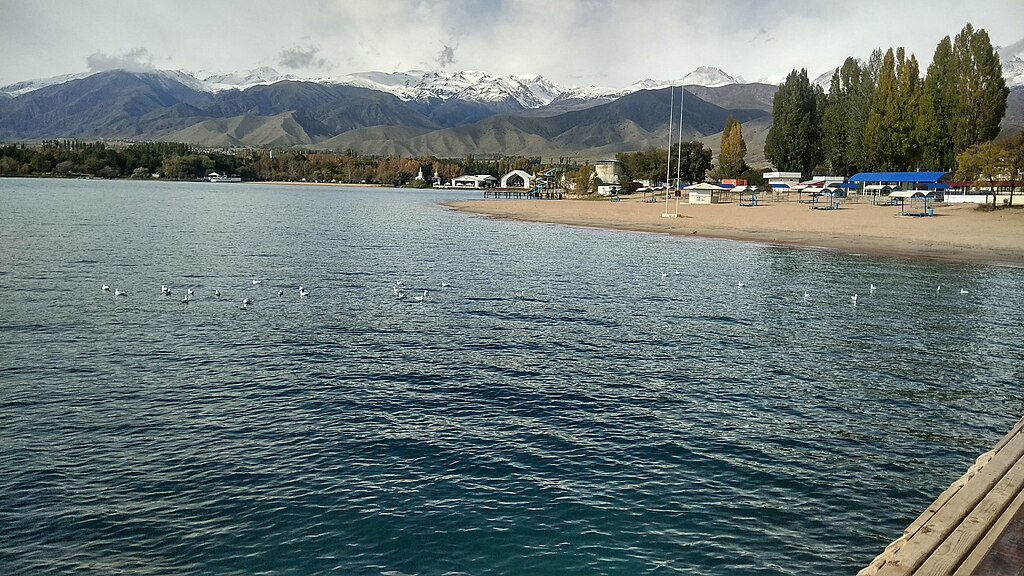
A neighboring area revealed the partial footprint of a communal space. According to the Daily Mail, researchers identified “traces of a public building that possibly served as a mosque, bathhouse or a school, known as a madrassa,” which supports the idea of an organized settlement with shared facilities. Nearby burial grounds showed careful alignment, and reports confirmed that the graves preserved “evidence of traditional Islamic rituals.” The thirteenth century Muslim necropolis and the uniform orientation of the burials reveal a population grounded in ritual continuity.
Together, the structures and artifacts show a society that shaped its environment with care and coherence. This supports the conclusion issued by the Russian Geographical Society that “all this confirms that an ancient city really once stood here,” a reminder that even in silence, the traces of human intention can endure.
The Living Network That Sustained an Ancient City
To understand the community beneath Lake Issyk Kul, it is helpful to see it not as an isolated settlement but as a place shaped by the movement of countless travelers and ideas. For centuries, the Silk Road carried goods such as silk, spices and precious metals across Europe and Asia. More importantly, it carried knowledge that influenced medicine, philosophy and cultural identity from the second century BC through the mid fifteenth century. Expedition leader Valery Kolchenko stated that “The site we are studying was a city or a major trading hub,” and the remains uncovered by researchers align with this description. The structures revealed by the excavation reflect a community supported by regular exchange and by a steady flow of people who brought with them information and opportunity.
Its location made the city an accessible stop for merchants moving between China and the Mediterranean. This position allowed the Toru Aygyr complex to grow through frequent contact with travelers who relied on dependable centers of trade to sustain their journeys. The presence of organized construction, communal facilities and long term occupation becomes more understandable when viewed through the lens of a place shaped by constant interaction rather than isolation. Human movement created momentum, and that momentum helped the city establish systems that supported daily life.

The influence of the Silk Road also shaped the wellbeing of the people who lived there. Trade networks historically expanded access to food diversity, healing practices and shared knowledge, helping communities maintain stability in changing conditions. When these networks shifted, societies often had to adapt to new pressures that affected their sense of continuity. Recognizing this city’s connection to a major route offers a reminder that human wellbeing has always been influenced by connection and by the systems that support the exchange of resources, insight and cultural wisdom.
When the Earth Shifted and a City Lost Its Ground
The story of this submerged city begins with a powerful shift in the land itself. Geological evidence and historical accounts point to an earthquake in the early fifteenth century as the event that set everything in motion. Experts state that the settlement “went under when a ‘terrible earthquake’ hit near the start of the 15th century,” a description that matches expedition leader Valery Kolchenko’s account. Some reports compare its scale to “the Pompeii,” a reminder of how quickly a thriving community can be transformed when the earth moves in ways no one can anticipate.
Lake Issyk Kul then shaped what happened next. The lake is described as a deep enclosed basin that “has risen dramatically since ancient and medieval times, which is why the ruins now lie underwater.” As the ground shifted and water levels rose, the lowest parts of the settlement would have been increasingly vulnerable. Over time, the combined impact of seismic force and steadily rising water flooded areas that once supported daily life. The city did not disappear all at once. It slowly surrendered to the changing environment around it.
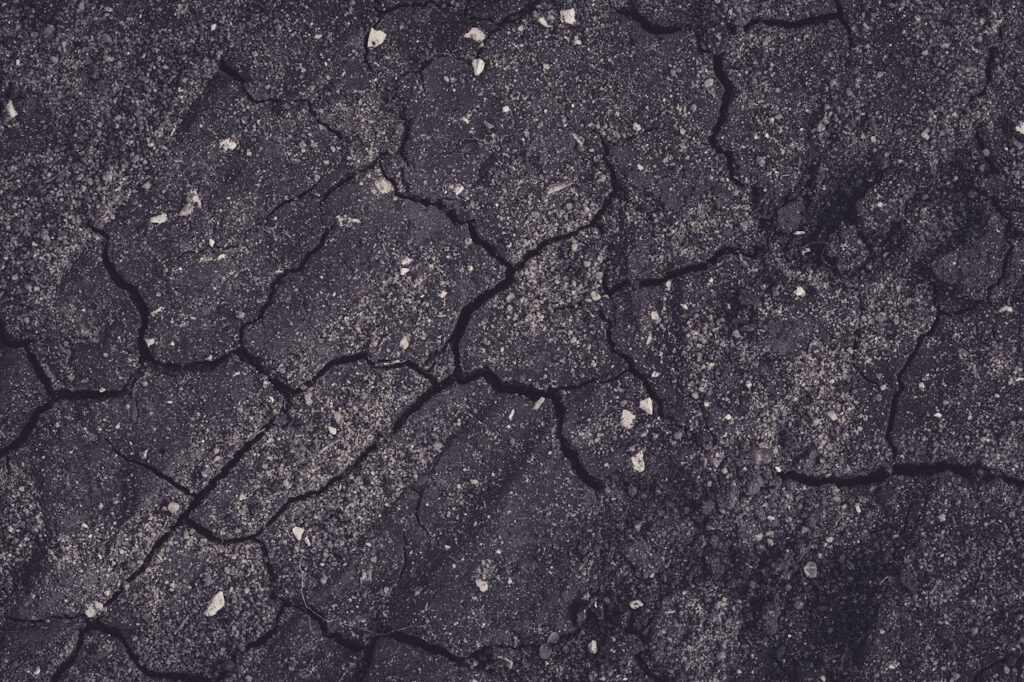
Kolchenko has explained that the people living there sensed the danger early. He said that “according to our assessment, at the time of the disaster, the residents had already left the settlement,” adding that “after the earthquake disaster, the region’s population changed drastically, and the rich medieval settlement civilization ceased to exist.” His words reflect a familiar pattern in human history. Communities often move before the full force of a disaster arrives, guided by subtle signs of instability. The city’s final chapter becomes a reminder that wellbeing has always depended on the ability to recognize change, respond to it and carry the essence of community into whatever comes next.
How Ancient Intentions Shape the Present
One of the most revealing aspects of this discovery is the pattern that emerges when researchers look at the site as a whole. The layout of buildings, the care put into communal spaces and the continuity of ritual practices show a society that planned for more than its immediate needs. These choices suggest a community that understood the importance of structure, cooperation and long term stability. Even without written records, the city expresses a mindset grounded in intention and shared responsibility.
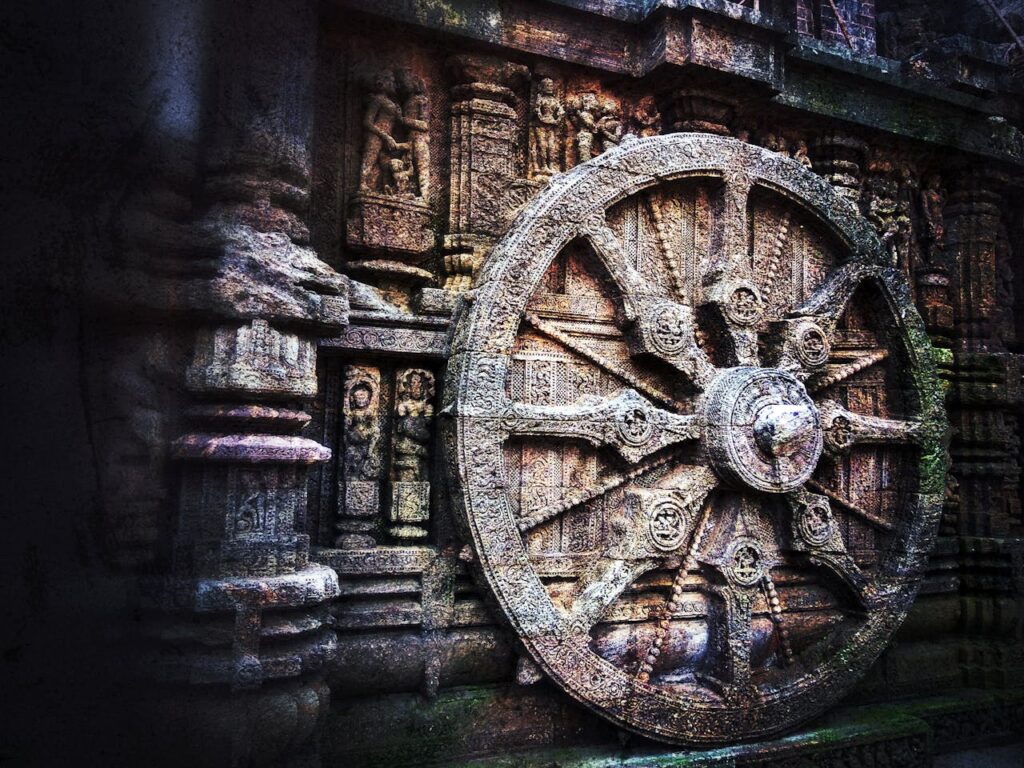
For modern readers, this raises a simple but meaningful question. How often do we build our lives with the future in mind. The people who lived here could not predict the earthquake or the rising water, yet their commitment to order left traces that remain readable centuries later. Their story reminds us that small decisions accumulate into lasting patterns. What we choose today becomes part of the environment others will one day inherit.
This perspective invites a quiet reflection on the relationship between our actions and the world around us. The submerged city shows that even when circumstances change dramatically, intention leaves an imprint. It encourages us to consider how we shape our own spaces, how we contribute to our communities and how our everyday choices may echo far beyond the moment we make them.
Listening to the Wisdom of Disappearance
One of the most striking aspects of this underwater discovery is what it teaches about endings. Most of the time, we focus on what survives, yet there is meaning in what does not. The disappearance of this city into the lake is not only a geological event. It is also a reminder of how quietly major shifts can unfold. Entire communities can rise, flourish and fade without dramatic closure. Their stories become layered into the landscape, waiting to be noticed again.
For those who study human behavior, this kind of disappearance holds an important insight. Change rarely happens in a single moment. It builds, it signals and it asks for awareness long before the final outcome becomes visible. The people who once lived here responded to early signs of instability, just as communities throughout history have sensed when their environment no longer supported their growth. Their departure shows that leaving is sometimes an act of wisdom, not defeat.
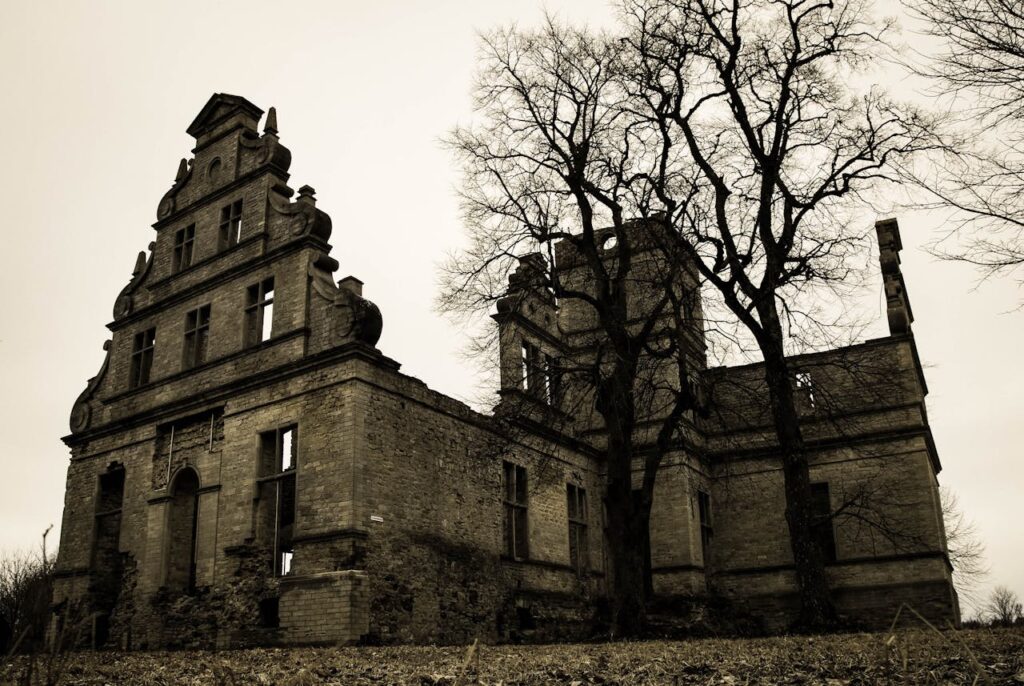
This perspective offers a gentle lesson for the present. Not everything in our lives is meant to remain in its original form. Some structures must dissolve so new understanding can surface. The city beneath the water reminds us that endings have their own intelligence. When we learn to listen to the quiet signals that invite transition, we create space for renewal, clarity and deeper alignment with the world around us.
When the Past Rises, the Present Listens
As the outlines of this ancient city emerge from the water, they remind us that history is not a closed chapter but a quiet teacher. The structures preserved beneath the lake reveal how people once created order, meaning and continuity in a world that was constantly shifting. Their choices echo through time because they were rooted in connection and intention, not convenience. When we look at these remains, we are not just seeing evidence of a vanished community. We are witnessing the enduring impact of lives shaped by awareness and cooperation.

This discovery invites us to reflect on how we respond to the changes in our own environments. The people who lived here sensed when it was time to move, adapt and rebuild. Their story teaches that stability is not found in resisting change but in understanding it and moving with it. The city beneath the water becomes a mirror, urging us to consider how we build our spaces, how we honor our relationships and how we listen to the signs that guide our next steps. It shows that even when a place disappears, its wisdom remains, offering insight to anyone willing to look beneath the surface.
Featured Image from Pexels
Loading...

